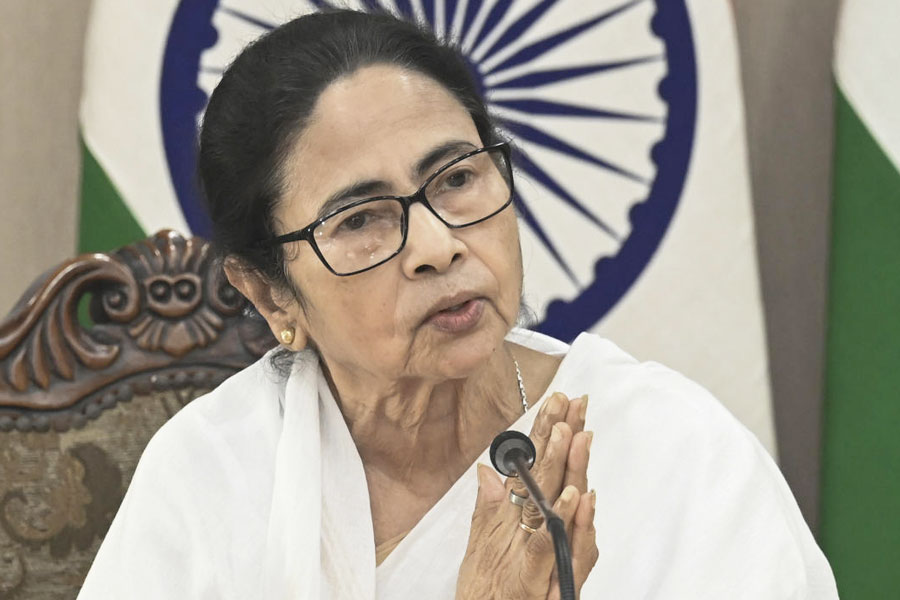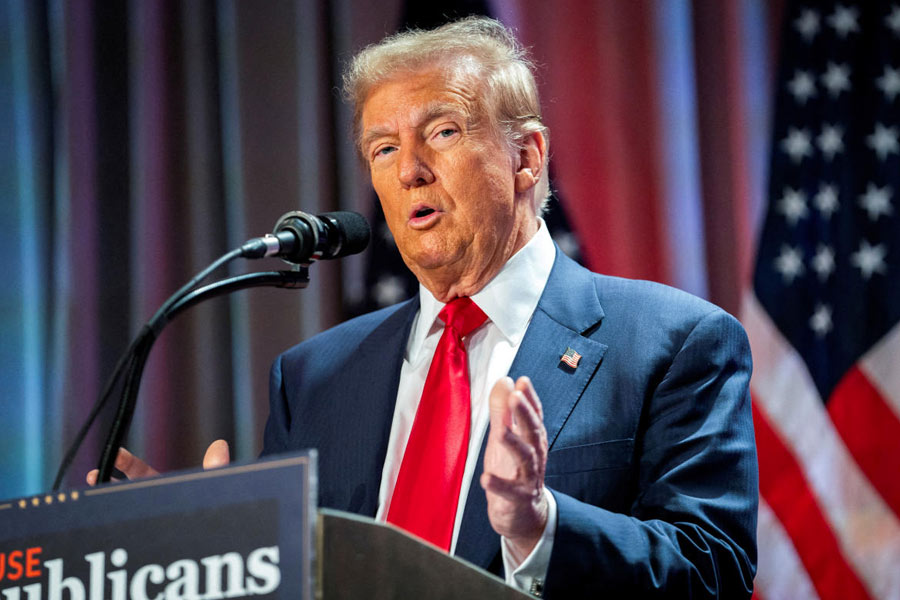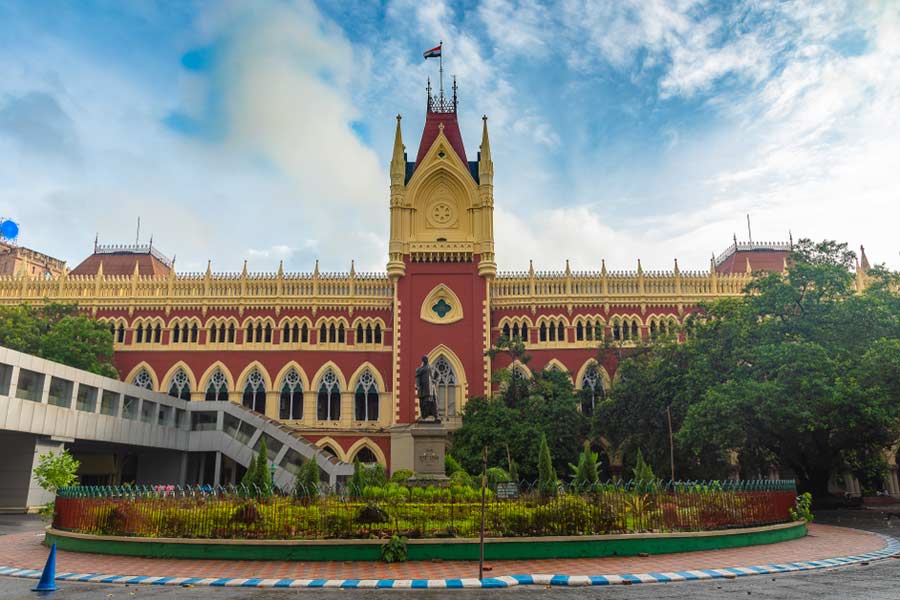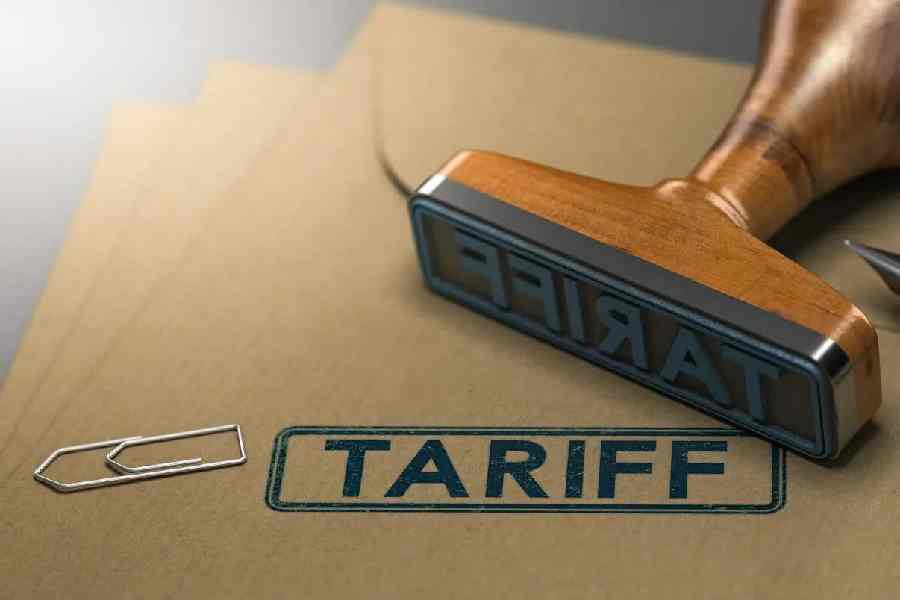The elderly present a persistent challenge for the insurance industry since their advancing age puts them at collateral medical risks. The picture for insurance for the aged in India is particularly bleak, as a report by the Asian Development Bank revealed recently. India has one of the lowest health insurance coverages for elderly populations among countries in the Asia-Pacific region. In comparison to their peers in countries like South Korea and Thailand, which have universal health coverage, the elderly in India are far worse off. A report published much earlier, using data from the National Sample Survey of 2009-2010, had found that the monthly per capita health spending of elderly households is 3.8 times higher than that of non-elderly households in the then India. Things, evidently, have not changed. The findings of the ADB report also raise fundamental questions about India’s social security coverage. The government’s flagship Ayushman Bharat scheme has been lauded for alleviating some of the bottom quartile’s health problems, but the scheme has failed to care for a constituency that is no longer earning and cannot invest in expensive private insurance. The India Ageing Report 2023 found that only 20.4% of the population between 60 and 69 is covered under a health insurance scheme, with elderly men (19.7%) enjoying a greater share of coverage than elderly women (16.9%). Wealth inequalities compound many of the problems that the aged face: the government-backed Longitudinal Ageing Study in India report stated that out-of-pocket expenses account for more than 70% of health expenditure for Indians, leaving older populations vulnerable to chronic, non-communicable illnesses even as their life spans increase.
The greater concern arising out of the ADB report is about the standard practices in the for-profit health insurance industry. The LASI report revealed that only 1% of households in India have purchased commercial health insurance policies. In a nation where the 60-plus population is projected to nearly triple by the year 2050 from what it was in the 2011 census, providing adequate and affordable health insurance to the aged cannot be the government’s remit alone. The Insurance Regulatory and Development Authority of India’s recent decisions to remove the age ceiling of 65 years for purchasing health insurance and reduce the mandatory waiting period with pre-existing conditions to three years from four are heartening in this regard. Only a robust and inclusive health insurance enterprise can ensure a wholesome existence for Indians in their twilight years.











